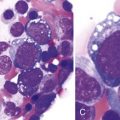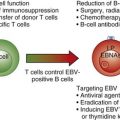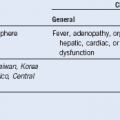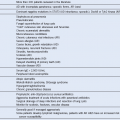Chapter 73 Hematology in Aging
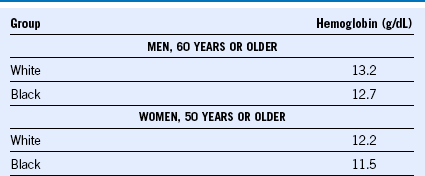
Adapted from Beutler E, Waalen J: The definition of anemia: what is the lower limit of normal of the blood hemoglobin concentration? Blood 107:1747, 2006.
Table 73-2 Hematopoietic Changes Associated With Advancing Age
G-CSF, Granulocyte colony-stimulating factor.
*Guralnik JM, Eisenstaedt RS, Ferrucci L, et al: Prevalence of anemia in persons 65 years and older in the United States: Evidence for a high rate of unexplained anemia. Blood 104:2263, 2004.
Evaluating Anemia in Older Adults
To define anemia, we follow the hemoglobin criteria defined by Beutler and Waalen in Table 73-1. However, hemoglobin trajectory over time is as important. Based on the fact that the average hemoglobin level declines in older adults about 1 g/dL over 15 years or more, we consider decline of 1 g/dL in less than 5 years or 2 g/dL over 10 years significant and supports a complete evaluation. We work diligently to retrieve remote blood counts. Older adults frequently have had blood counts obtained either routinely in the past, before a procedure, or at the time of hospital admission. Counts at the time of hospital admission may be the least reliable because they occur in the context of an illness.
Stay updated, free articles. Join our Telegram channel

Full access? Get Clinical Tree


